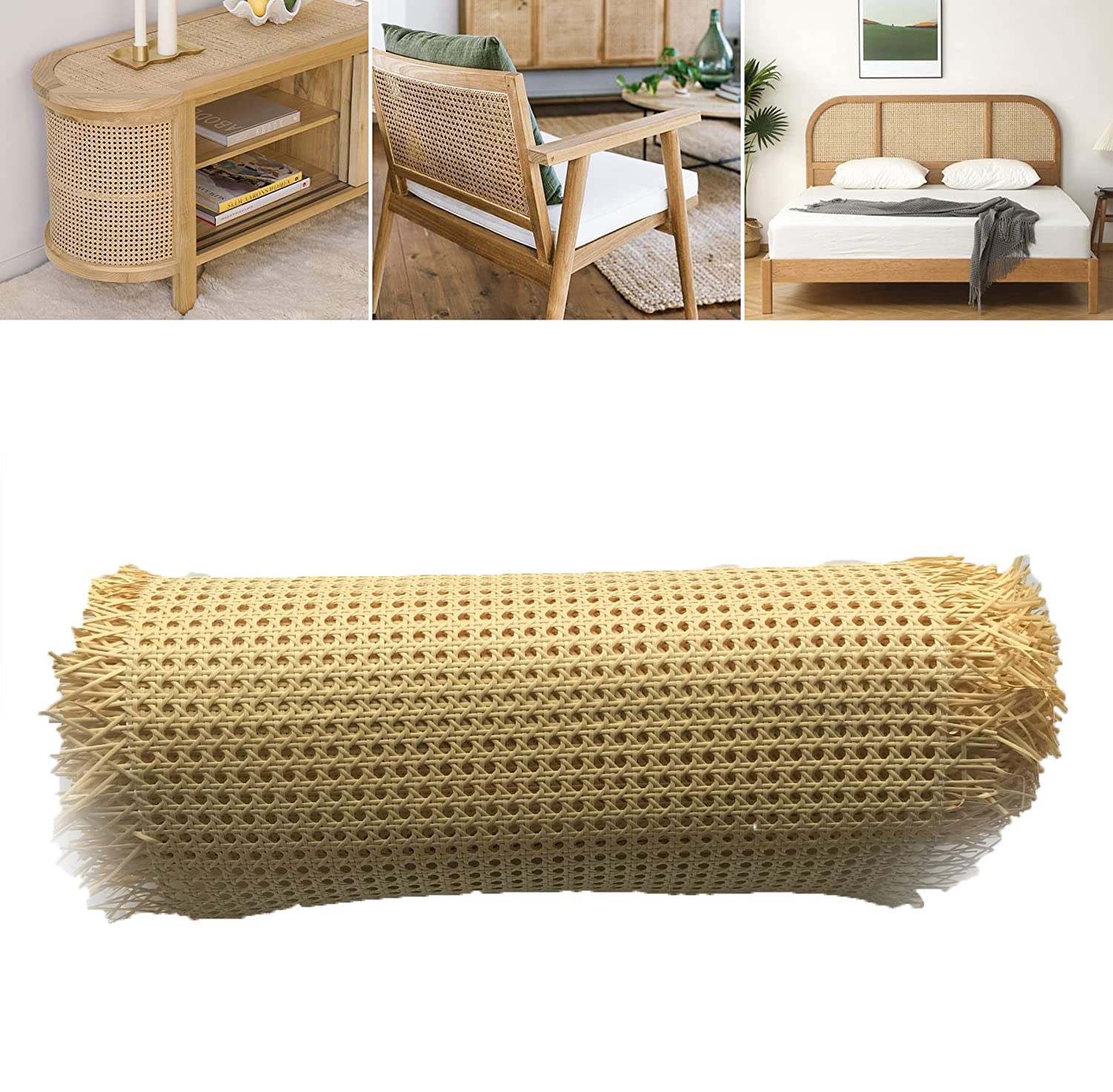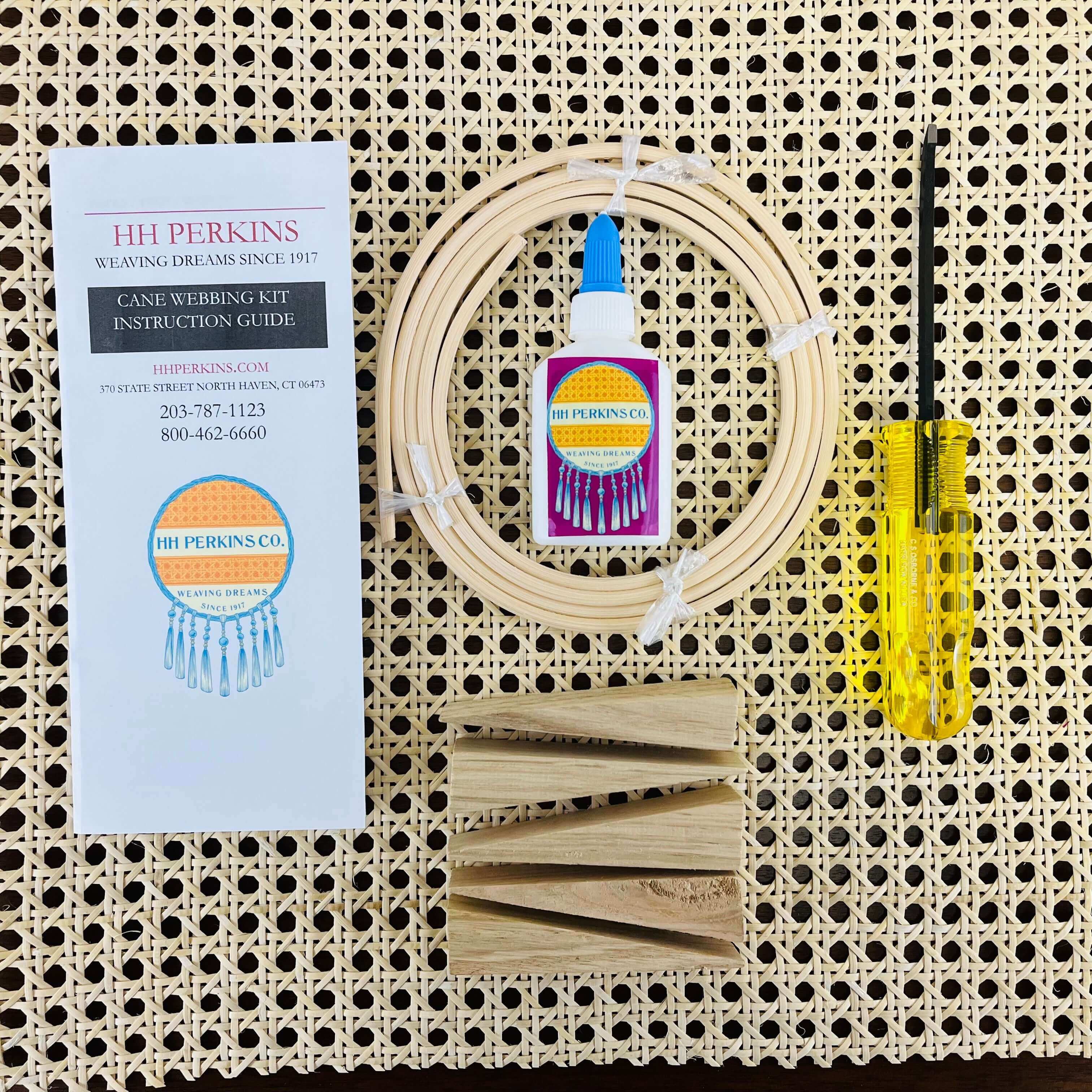Cane Webbing Cabinet Door Styles & History

Cane webbing, a testament to both artistry and practicality, has woven its way through the tapestry of cabinet design for centuries. Its journey reflects evolving aesthetics, technological advancements, and shifting cultural preferences, offering a unique perspective on the relationship between form and function in furniture making. The delicate latticework, once a symbol of colonial elegance, has found renewed appreciation in contemporary design, demonstrating its enduring appeal.
Evolution of Cane Webbing in Cabinet Door Design
The earliest documented uses of cane webbing in furniture date back to the 18th and 19th centuries, primarily in colonial and Victorian styles. Initially employed as a practical solution for ventilation and lightness in warmer climates, cane quickly transitioned into a decorative element. Early examples often featured simple geometric patterns, reflecting the prevalent design sensibilities of the time. The rise of Arts and Crafts movement in the late 19th and early 20th centuries saw a renewed interest in handcrafted materials, leading to more intricate and elaborate cane webbing designs. These designs often incorporated floral motifs and curvilinear forms, reflecting the movement’s emphasis on natural beauty and craftsmanship. Mid-century modern design embraced cane webbing’s inherent simplicity, often integrating it into clean-lined cabinets with minimalist aesthetics. Today, cane webbing continues to be used, often in a fusion of traditional techniques and modern sensibilities, demonstrating its remarkable adaptability. The material itself has also evolved, with various treatments and finishes now available to enhance durability and aesthetic appeal.
Aesthetic Comparison of Cane Webbing with Other Cabinet Door Styles
The aesthetic appeal of cane webbing is distinct and offers a compelling alternative to more traditional cabinet door styles. Its inherent lightness and transparency create a sense of airiness, contrasting with the solid weight of wood or the starkness of glass.
| Style | Material | Advantages | Disadvantages |
|---|---|---|---|
| Cane Webbing | Cane, rattan, bamboo | Lightweight, breathable, visually interesting, adds a touch of natural elegance. | Less durable than solid wood, susceptible to damage from moisture and rough handling, requires more specialized care. |
| Solid Wood | Various hardwoods and softwoods | Durable, classic, wide range of finishes and styles, lends a sense of solidity and permanence. | Heavier, can be more expensive, less versatile in terms of light transmission and ventilation. |
| Glass | Clear, frosted, or patterned glass | Allows light transmission, modern and sleek appearance, offers a view of cabinet contents. | Fragile, can be easily scratched or broken, may not offer the same level of privacy as solid doors. |
Craftsmanship in Cane Webbing Cabinet Doors
The creation of cane webbing cabinet doors is a meticulous process requiring both skill and patience. It begins with the selection of high-quality cane, rattan, or bamboo, carefully assessing its flexibility, strength, and color. The cane is then prepared, often soaked to make it more pliable. The weaving process itself is a testament to the craftsman’s dexterity. The cane is carefully interlaced, following a specific pattern, to create the desired design. This process can be incredibly intricate, with variations in weave density and pattern creating unique visual effects. Once the weaving is complete, the cane panel is carefully attached to the cabinet door frame, often using traditional joinery techniques. A final finish, such as varnish or lacquer, protects the cane and enhances its natural beauty, completing the transformation from raw material to a stunning piece of functional art. The process, from selection to final finish, is a meditative practice, a mindful dance between material and maker, resulting in a piece imbued with both beauty and enduring quality.
Cane Webbing Cabinet Door Maintenance & Repair: Cane Webbing Cabinet Doors

The delicate artistry of cane webbing imbues cabinet doors with a timeless elegance, a whisper of history woven into each strand. Preserving this beauty requires a gentle hand and a mindful approach, recognizing that these doors are not merely functional but also hold a quiet spiritual connection to craftsmanship and the passage of time. Proper maintenance ensures that the soul of the piece endures, reflecting its inherent value for generations to come.
Cane webbing cabinet doors – Regular cleaning and careful attention to detail are key to prolonging the life of your cane webbing. Think of it as a meditation on preservation, a mindful act of honoring the past while safeguarding the future.
Cleaning Cane Webbing
Gentle cleaning is paramount. Avoid harsh chemicals or abrasive cleaners that could damage the delicate cane. A soft cloth, slightly dampened with mild soapy water, is usually sufficient. Work in the direction of the weave, gently wiping away dust and grime. For stubborn stains, a very diluted solution of white vinegar and water can be used sparingly, followed by thorough rinsing with clean water. Always allow the doors to air dry completely, avoiding direct sunlight or heat which can cause warping or discoloration. Consider this a gentle ritual, a quiet act of reverence for the craftsmanship embodied in your cabinet doors.
Repairing Damaged Cane Webbing
Addressing minor damage promptly prevents larger issues from developing. Think of each repair as a small act of healing, restoring the integrity of the piece.
The following techniques can be employed to address common problems:
- Minor Tears: Small tears can often be mended using a thin, flexible adhesive designed for cane. Apply a tiny amount to the back of the tear, carefully aligning the edges before gently pressing them together. Allow ample time for the adhesive to fully cure.
- Loose Weaves: Loose weaves can be tightened by carefully using needle-nosed pliers to gently tug the cane back into place. Work slowly and methodically to avoid further damage. A dab of adhesive can help secure the weave once it is properly positioned.
- Larger Tears or Missing Sections: For more extensive damage, replacing sections of cane webbing may be necessary. This requires more skill and specialized tools. Matching cane reeds of similar color and diameter will be needed, along with a cane weaving tool and a sharp utility knife. This is a more complex process, and if you lack experience, it’s advisable to consult a professional.
Professional Restoration vs. DIY Repair
The decision of whether to undertake repairs yourself or engage a professional depends on several factors, including your skill level, the extent of the damage, and the sentimental value of the piece. Weighing these aspects carefully will guide you to the best approach.
| Feature | DIY Repair | Professional Restoration |
|---|---|---|
| Cost | Lower initial cost, but potential for increased costs if mistakes are made. | Higher initial cost, but potentially less expensive in the long run if done correctly. |
| Time | Can be time-consuming, especially for extensive repairs. | Generally faster, especially for complex repairs. |
| Skill Level | Requires patience, attention to detail, and some basic repair skills. | Requires specialized knowledge and experience. |
| Outcome | Outcome may vary depending on skill level. Potential for further damage if improperly repaired. | Typically yields a higher quality and more durable repair. |
Cane Webbing Cabinet Doors in Interior Design

Cane webbing, with its inherent lightness and airy quality, transcends mere functionality, becoming a potent design element capable of infusing a space with a unique character. Its versatility allows it to seamlessly integrate into diverse interior design styles, adding a touch of rustic charm, mid-century sophistication, or bohemian flair, depending on the overall aesthetic. The inherent texture and natural beauty of cane offer a subtle yet impactful way to elevate any room.
The visual appeal of cane webbing cabinet doors stems from a harmonious blend of several key elements. The natural material itself exudes warmth and organic beauty, contrasting beautifully with more modern or industrial materials. The intricate weaving pattern adds a layer of visual interest, creating a dynamic texture that catches the light and adds depth to the cabinet’s surface. Furthermore, the transparency of the webbing allows a glimpse of the contents within, adding a playful element of surprise and visual lightness, preventing the cabinet from feeling heavy or imposing.
Cane Webbing in Farmhouse Interiors
Imagine a sun-drenched kitchen, the heart of a cozy farmhouse. Cream-colored walls are adorned with vintage prints, and the air hums with the gentle scent of freshly baked bread. Here, cane webbing cabinet doors on a simple, painted wooden cabinet become a focal point, their natural texture complementing the rustic charm of the space. The subtle warmth of the cane blends effortlessly with the overall palette of natural wood, linen, and muted earth tones, creating a feeling of relaxed elegance. Perhaps a few copper knobs add a touch of vintage sparkle, completing the picture of idyllic rural life.
Cane Webbing in Mid-Century Modern Settings, Cane webbing cabinet doors
In a mid-century modern living room, characterized by clean lines and a focus on functionality, cane webbing cabinet doors take on a different role. Imagine a sleek, low-slung sideboard, its minimalist form accented by the subtle texture of the cane webbing on its doors. The natural tones of the cane complement the warm hues of the teak or walnut furniture, while the geometric precision of the weaving pattern echoes the clean lines of the room’s architecture. This application demonstrates how cane can be incorporated into a more modern setting without compromising its inherent charm, creating a harmonious blend of natural materials and streamlined design.
Cane Webbing in Bohemian-Style Decor
A bohemian living room is a vibrant tapestry of textures, colors, and patterns. Cane webbing cabinet doors, in this context, become an integral part of the eclectic mix. Imagine a tall, narrow cabinet with cane doors, its surface perhaps adorned with macrame hangings or colorful textiles. The natural texture of the cane complements the earthy tones and handcrafted elements of the room, creating a sense of relaxed, artistic freedom. The weaving pattern’s organic feel harmonizes with the overall bohemian aesthetic, enhancing the space’s sense of warmth and individuality. The cabinet might house a collection of vintage books, artisanal pottery, or exotic plants, further contributing to the room’s vibrant, layered atmosphere.
